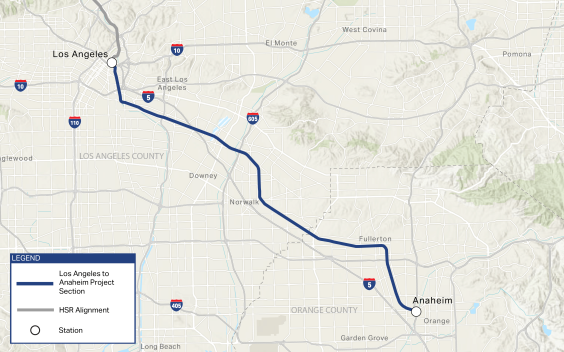 In downtown
In downtownDenver, walkable streets and cultural amenities like bookstores are a
selling point. (Photo: Joshua G R
via Flickr)
What are people looking for when they search for a place to live?
This morning on the Streetsblog Network, we’re featuring a couple of
posts from people who have been trying to find home. Obviously,
different people want different things from their residences at
different stages of life. But what struck us about both of the posts was
the high value the writers put on walkability — a trend highlighted by
the use of tools like Walk Score
on real estate sites around the country.
First, at Extraordinary
Observations, guest blogger Melinda Urick (she’s in her 30s and
single) writes about how, after a lifetime of bouncing around mostly
suburban neighborhoods in Northeastern Ohio, she has finally gravitated
to Downtown Cleveland — and is loving it:
[S]ix months ago, I finally moved into an apartment downtown. The
East 4th neighborhood has its positives and negatives as with anywhere
else I have lived, but I finally felt a belonging to my surroundings.
The only inconvenience in living downtown is paying to park your vehicle
safely in a garage. Downtown is safe, regardless of the horror stories
suburbanites like to [tell]. These are
people who likely have been downtown once or twice in the last couple
of years.Yes, there is grocery shopping nearby, and I will walk the eight
blocks to the store with no complaints. I will walk seven blocks to my
ATM. The library is a mere walk through the Arcade. I can leave my
building and choose from a variety of local restaurants for any meal, as
well as several local coffee shops. I can easily bike to the market or
even skate to the lakefront.
Next, at New
Geography, Michael Scott explains why he and his young family
picked Denver when deciding to leave their current home in California:
[I]n terms of intangibles, several are prominent. We’re looking to
capitalize on Denver’s new urbanist-influenced walkability. The city has
lots of options, from the hip and trendy Lo Do District to the
established community of Capitol Hill. A key requirement of our ultimate
housing choice will be a quality school district, along with proximity
to transportation, coffee houses, grocery stores, fine dining venues,
and even co-working sites. In our current residence in Folsom,
California, it’s a challenge to stroll by foot to area amenities.
Meanwhile, over at NRDC
Switchboard, Kaid Benfield is wondering, "Has the automobile era
jumped the shark?" He uses a Facebook
post from the Walkable and Livable
Communities Institute as his starting point. Here’s what that post
says:
I am ready to declare that America has hit peak VMT (Vehicle Miles
Traveled). We leveled out in 2001 in per capita growth, then in 2006 in
actual growth, and there is now a slight decline overall. Not many of my
modeling friends are ready to agree…. but what if we now measure
community building success as reduced VMT? What would be wrong with
that? What would be wrong with measuring success with happiness
instead?
We’re wondering: Have you recently relocated? What were the factors
most important to you when looking for a new place to call home? Is
walkability a top priority for you? How do you measure success? And do
you think the primacy of the automobile might be in decline? Let us know
in the comments.





